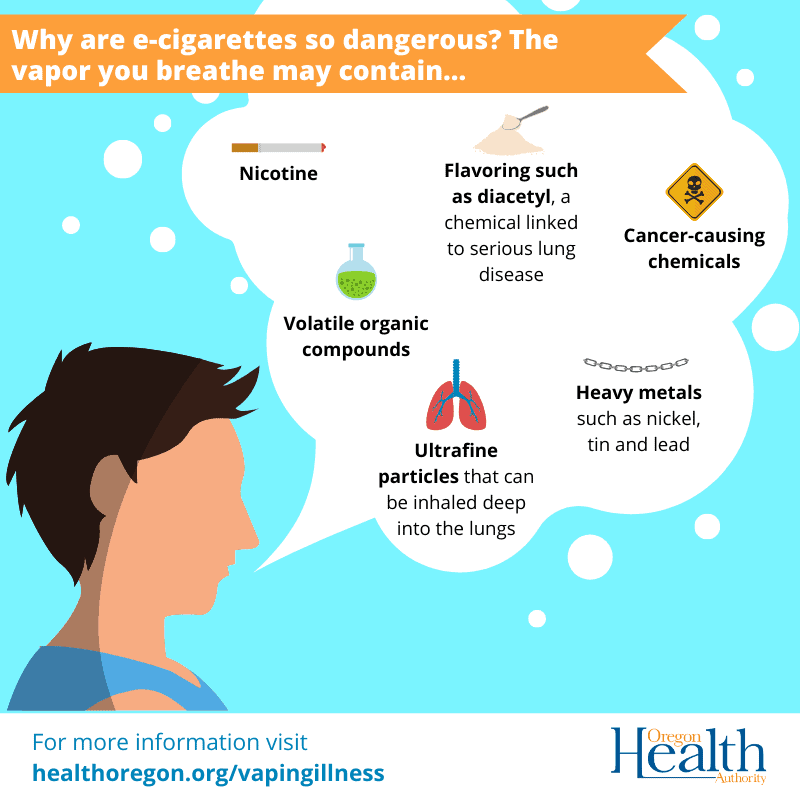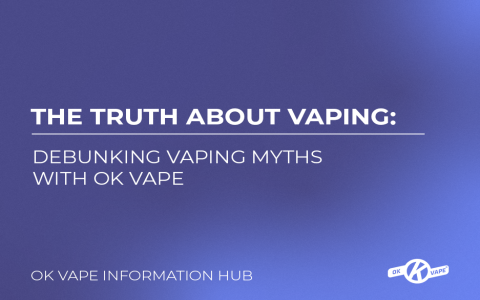Contrary to the term “harmless,” electronic cigarette aerosol – often called vapor – contains several key ingredients with varying safety profiles.
Primary Components of E-Cigarette Aerosol
- Propylene Glycol (PG): A synthetic compound used as a base liquid and carrier for nicotine/flavors. Generally Recognized As Safe (GRAS) for ingestion by the FDA, but inhalation effects long-term are not fully established. Known throat irritant.
- Vegetable Glycerin (VG): A thicker plant-derived liquid base, often combined with PG. Also GRAS for food, but heating and inhaling it produces aldehydes (like acrolein) at high temperatures, potential respiratory irritants.
- Nicotine: The addictive stimulant extracted from tobacco. Not a carcinogen itself but highly addictive and harmful to adolescent brain development. Raises heart rate and blood pressure.
Flavorings & Trace Elements
- Flavor Compounds: Thousands exist (e.g., diacetyl, cinnamaldehyde). While food-safe, many lack safety data for inhalation. Diacetyl inhalation is linked to severe respiratory disease (popcorn lung). Chemical reactions in the heated liquid can create new compounds.
- Trace Metals & Particulates: Heating coils (especially nichrome, kanthal) can release nano-sized metal particles (nickel, lead, chromium, tin) into the aerosol, along with silicate particles. Inhaling these poses inhalation toxicity risks.
- Carbonyls: High-power settings or “dry puffs” (when liquid runs low) generate elevated levels of formaldehyde, acetaldehyde, and acrolein – known carcinogens and irritants.
The aerosol is fundamentally different from harmless water vapor. While potentially less harmful than combustible cigarette smoke, it delivers nicotine, irritants, flavoring chemicals, and trace toxicants to the lungs and bloodstream.










